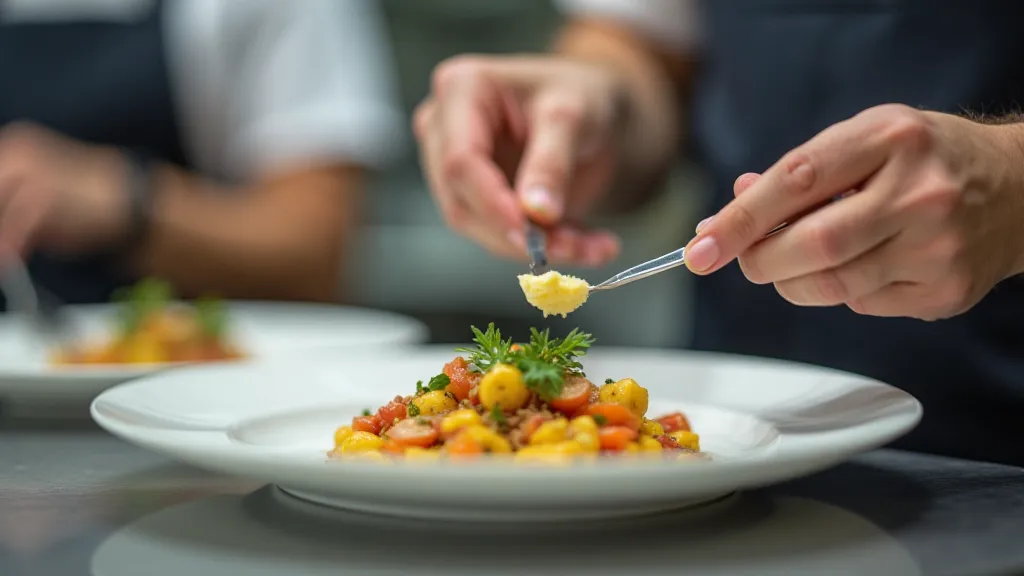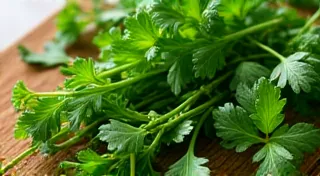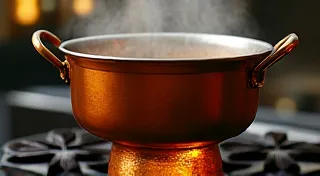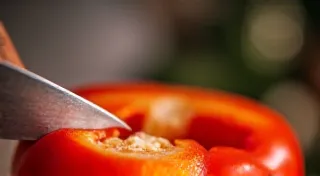The Culinary Cipher: Deciphering the Language of Taste
There's a peculiar resonance between the mechanics of a finely crafted accordion and the precision required to elevate a simple meal into a culinary masterpiece. Both require an understanding of intricate systems, an appreciation for the legacy of the hands that shaped them, and a sensitivity to the subtle interplay of individual components to create something far greater than the sum of their parts. I spent years restoring antique accordions, each note a testament to the dedication of the builder, each bellows movement a whisper of past performances. And it's that same meticulousness, that same quest for understanding nuance, that I now bring to the kitchen.
My grandfather, a man of few words but overflowing with quiet dignity, played the accordion. Not professionally, mind you. Just for the sheer joy of it, filling our small farmhouse kitchen with melancholic polkas and lively waltzes. The instrument itself was a marvel – a dark, burnished beauty with ivory keys yellowed with age and bellows that sighed with each contraction and expansion. I remember, as a child, being captivated by the way his fingers danced across the keys, coaxing forth sounds that seemed to carry the weight of generations. It was a silent language, a story told without words. That, I'm beginning to understand, is the very essence of truly exceptional cooking.
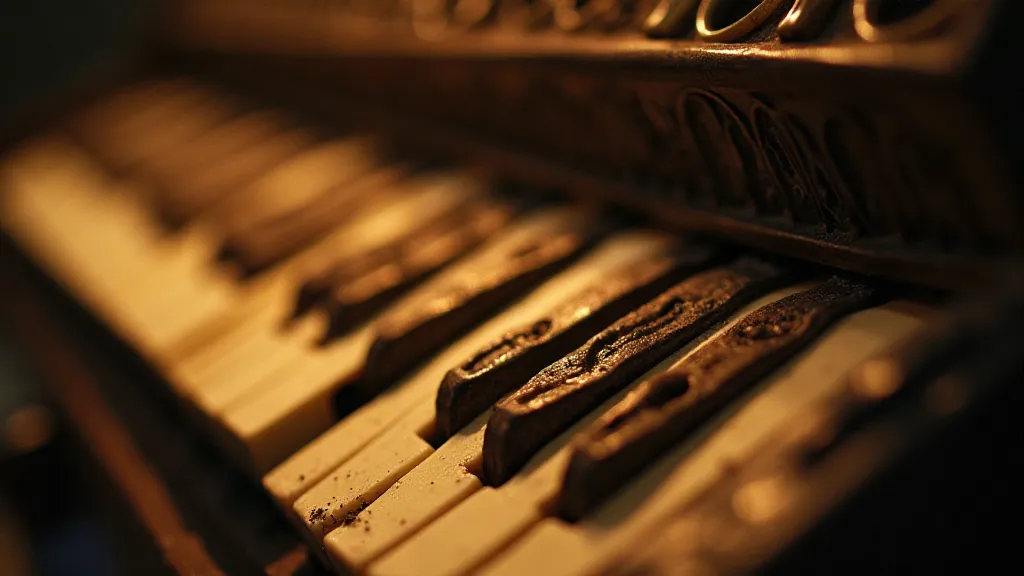
Beyond the Recipe: The Narrative of Flavor
We often treat recipes as rigid instructions, a series of steps to be followed to achieve a predetermined outcome. And while a recipe provides a valuable framework, it's merely a skeleton. It doesn't convey the *why*. Why do we pair lemon with fish? Why does a pinch of cinnamon transform a simple apple crumble? To truly understand cooking, we need to move beyond the prescriptive and begin to interpret the narrative embedded within each ingredient and technique.
Consider a classic French onion soup. It’s more than just caramelized onions simmered in broth and topped with cheese. It’s a story of humble beginnings, of farmers tending their fields, of resourceful cooks transforming simple vegetables into a comforting and luxurious meal. The deep, savory flavor of the caramelized onions is not just the result of sugar reacting with heat; it's the echo of hours spent coaxing sweetness from the earth’s bounty. The sharp tang of the gruyere adds a layer of complexity, a subtle counterpoint to the richness of the broth. The toasted bread, carefully chosen and perfectly browned, provides textural contrast and a grounding element. It's a complete story, told through taste and texture.
The Craftsmanship Connection: From Accordion Builder to Chef
The dedication required to restore an antique accordion mirrors the relentless pursuit of perfection found in the world of fine dining. An accordion restoration isn’t just about replacing broken parts. It’s about understanding the original construction, appreciating the artistry of the builder, and striving to return the instrument to its former glory. Similarly, a chef isn’t merely following a recipe; they are experimenting with flavors, refining techniques, and creating an experience that engages all the senses.
Think about the accordion builder. They meticulously selected each reed, carefully adjusted the pressure, and painstakingly crafted the wooden frame. Every decision was driven by a desire to create an instrument that was both beautiful and functional. It’s the same meticulousness you see in a chef sourcing the finest ingredients, carefully trimming vegetables, and precisely controlling the cooking temperature. Both are artisans, driven by a passion for their craft and a commitment to excellence.
I remember one accordion I was restoring – a Hohner Superior, built in the 1920s. The bellows were brittle, the reeds were out of tune, and the casework was cracked. It was a challenging project, but I was driven by a desire to preserve a piece of history. As I carefully disassembled the instrument, I marveled at the ingenuity of the original builder. Each part was perfectly fitted, each joint meticulously crafted. It was a testament to the power of human skill and dedication. That same dedication can be found in a perfectly seared scallop, a flawlessly executed hollandaise, or a delicately balanced vinaigrette.
Analyzing the Elements: Texture, Aroma, and Taste
Just as an accordion’s tone is determined by the interplay of its reeds and bellows, a dish’s flavor profile is a complex interplay of ingredients and techniques. Understanding this interplay requires a keen eye for detail and a willingness to experiment. Texture plays a crucial role. The satisfying crunch of toasted nuts, the creamy smoothness of a béchamel sauce, the delicate chewiness of al dente pasta – all contribute to the overall experience. Aroma is equally important, triggering memories and influencing our perception of taste. And, of course, taste itself is a nuanced combination of sweetness, sourness, saltiness, bitterness, and umami.
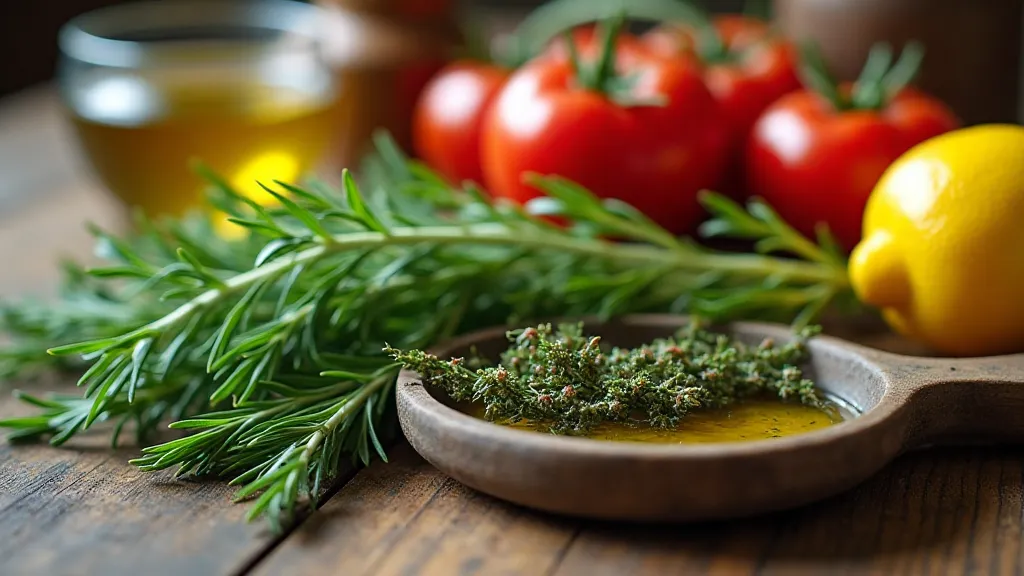
Consider the simple act of salting pasta water. It’s not just about seasoning the pasta; it’s about enhancing its flavor and improving its texture. The salt penetrates the pasta, creating a more satisfying bite. Similarly, adding a squeeze of lemon juice to a dish can brighten the flavors and add a refreshing acidity. It's about understanding how each ingredient interacts with the others and using that knowledge to create a more harmonious whole.
Restoration and Culinary Art: A Shared Philosophy
There’s a beautiful parallel between the philosophy of accordion restoration and the pursuit of culinary excellence. Both involve a deep respect for tradition, a commitment to craftsmanship, and a desire to create something beautiful and enduring. The accordion builder strives to preserve a piece of history, while the chef strives to create a memorable experience. Both are artists, driven by a passion for their craft and a commitment to excellence. And both understand that the true measure of success lies not just in the final product, but in the journey itself—in the dedication, the skill, and the love that goes into every detail. The culinary cipher, then, is not just about understanding recipes; it’s about understanding the language of taste, the story behind the ingredients, and the artistry of those who transform them into something extraordinary. It’s about recognizing the echoes of human skill and tradition in every bite.
